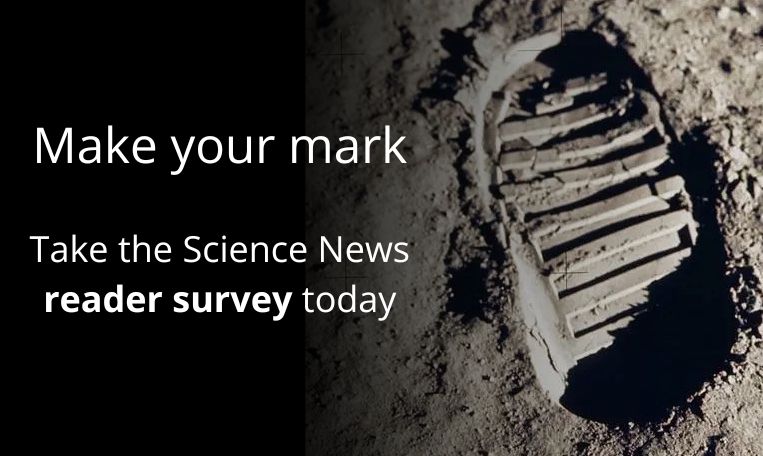LIGO and Virgo probably spotted the first black hole swallowing up a neutron star
Astronomers may have detected gravitational waves from a new type of event

BIG GULP Gravitational waves may have revealed a black hole in the process of swallowing up a neutron star (illustrated). If confirmed, the event would be the first of its kind ever seen.
Dana Berry/NASA








